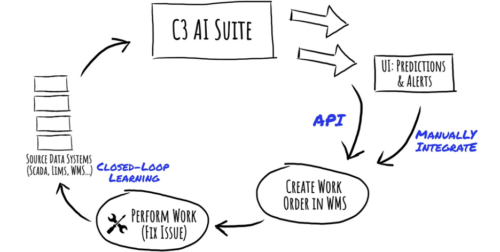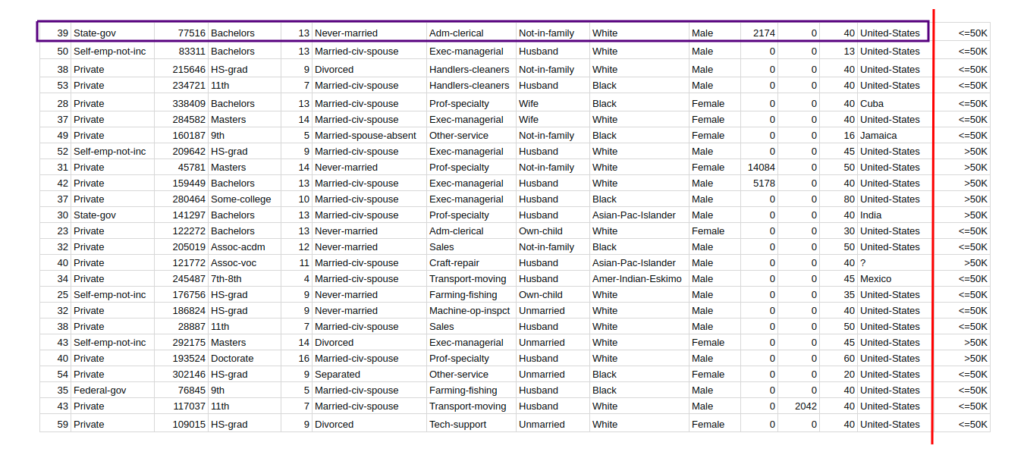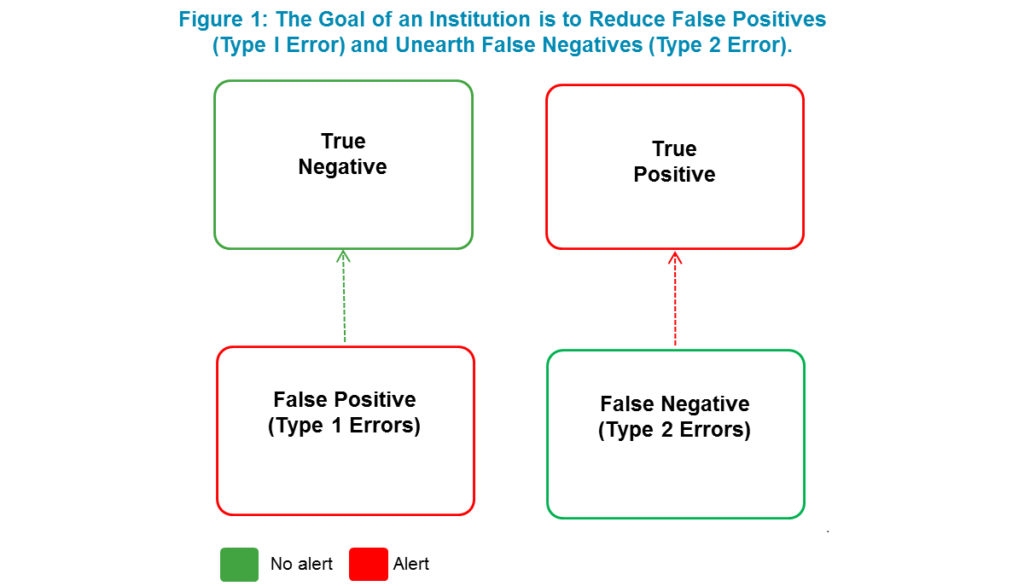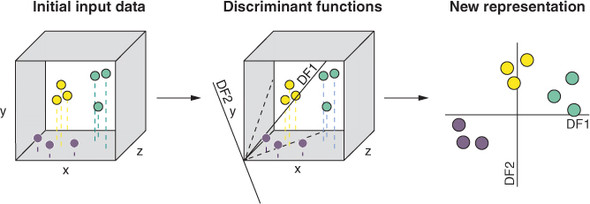Machine learning is a rapidly growing field that is transforming the world around us. It is the study of computer algorithms that can learn from data and make predictions or decisions without explicit instructions. Feedback loops are an essential component of machine learning, as they enable the algorithms to improve their accuracy and efficiency over time.
In simple terms, a feedback loop is a process in which the output of a system is fed back into the system as input. In machine learning, this means that the algorithm uses the results of its predictions to adjust its parameters and improve its performance. Feedback loops can be both positive and negative, depending on the nature of the data and the algorithm being used. Understanding feedback loops is crucial for anyone interested in machine learning, as it is a key factor in the success of the algorithm.

What is a Feedback Loop in Machine Learning?
Feedback loops in machine learning are an important process for helping machines to learn. By providing feedback to a machine, it can adjust its methods and processes to become more accurate and efficient in its performance. A feedback loop is essentially a system of communication between the machine and a person, where the machine receives input from the person, and then uses that input to adjust its functions. This type of learning is known as supervised learning.
What are the Benefits of Using a Feedback Loop?
Using a feedback loop in machine learning can provide numerous benefits. By providing feedback to the machine, it can adjust its processes to become more efficient and accurate. This can lead to improved accuracy in the machine’s performance, as well as improved efficiency in its tasks. Additionally, feedback loops can help to ensure that the machine is able to adapt to changing conditions and learn from experience. This type of learning also allows for faster and more accurate decision making.
How Can a Feedback Loop be Used?
Feedback loops can be used in a variety of ways in machine learning. One of the most common applications is in supervised learning, where the machine receives feedback from humans and uses that feedback to adjust its processes. Additionally, feedback loops can be used to provide the machine with information about its performance, such as accuracy or efficiency. This allows the machine to adjust its processes in order to improve its performance.
What are the Challenges of Using a Feedback Loop?
One of the challenges of using a feedback loop in machine learning is ensuring that the feedback is accurate and up-to-date. It is also important to ensure that the feedback is consistent and reliable. Additionally, it is important to ensure that the feedback is relevant to the task at hand, and that it is not based on bias or personal preference. Finally, it is important to ensure that the feedback is provided in a timely manner, so that the machine can make adjustments in a timely manner.
Frequently Asked Questions About Feedback Loop in Machine Learning
Feedback loops are an essential part of machine learning, providing a way for machines to learn from their mistakes and improve their performance over time. In this article, we will discuss what a feedback loop is and how it is used in machine learning.
What is a Feedback Loop in Machine Learning?
A feedback loop in machine learning is a system of continuous improvement that allows a machine to learn from its mistakes and improve its performance over time. A feedback loop consists of four components: an input, a learning model, an output, and a feedback mechanism. The input is the data that is used to train the machine. The learning model is the algorithm used to process the data and generate an output. The output is the result generated by the machine. Finally, the feedback mechanism is used to monitor the output and provide feedback to the machine on how it can improve its performance.
How is a Feedback Loop Used in Machine Learning?
A feedback loop is used in machine learning to continuously improve the performance of the machine. The feedback loop allows the machine to learn from its mistakes and make adjustments to its learning model in order to improve its accuracy and performance. The feedback loop consists of the input data, the learning model, the output, and the feedback mechanism. The data is used to train the machine and the learning model is used to process the data and generate an output. The output is then monitored by the feedback mechanism which provides feedback to the machine on how it can improve its performance.
What Are the Benefits of Using a Feedback Loop in Machine Learning?
The primary benefit of using a feedback loop in machine learning is that it allows the machine to continuously improve its performance over time. By using a feedback loop, the machine is able to learn from its mistakes and make adjustments to its learning model in order to improve its accuracy and performance. This can lead to more accurate and reliable results, which can be used to make more informed decisions.
What Are the Challenges of Using a Feedback Loop in Machine Learning?
One of the challenges of using a feedback loop in machine learning is that it can be difficult to accurately measure the performance of the machine. The feedback loop relies on the feedback mechanism to accurately measure the performance of the machine and provide feedback on how it can improve. This can be difficult to do accurately, as the feedback mechanism must be able to accurately measure the performance of the machine in order to provide meaningful feedback.
How Can a Feedback Loop be Used in Machine Learning?
A feedback loop can be used in machine learning to continuously improve the performance of the machine. The feedback loop consists of four components: an input, a learning model, an output, and a feedback mechanism. The input is the data that is used to train the machine. The learning model is the algorithm used to process the data and generate an output. The output is the result generated by the machine. Finally, the feedback mechanism is used to monitor the output and provide feedback to the machine on how it can improve its performance. By using a feedback loop, the machine is able to learn from its mistakes and make adjustments to its learning model in order to improve its accuracy and performance.

What is Feedback Loop | Explained in 2 min
In conclusion, feedback loops play an integral role in machine learning by allowing the algorithms to continuously improve and learn from their mistakes. This process involves taking the outputs of a machine learning model and using them to refine the inputs until the desired outcome is achieved. Feedback loops are used in a variety of applications, including speech recognition, image recognition, and natural language processing.
As machine learning continues to evolve and become more advanced, feedback loops will become increasingly important for ensuring that algorithms are able to adapt to changing conditions and improve their performance over time. By leveraging the power of artificial intelligence and machine learning, businesses and organizations can gain valuable insights and make better decisions based on data-driven insights. Therefore, understanding the concept of feedback loops is crucial for anyone interested in the field of machine learning and its applications in various industries.



